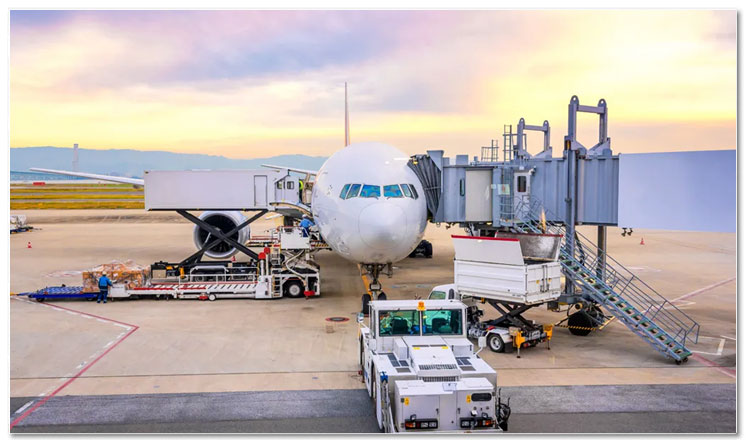Global air cargo rates hold firm on strong demand in Middle East, Asia
Global air cargo rates are standing firm during a traditionally quieter market period, bolstered by continuing strong demand and high spot rates from Asian and Middle Eastern origins, according to latest weekly figures and analysis from WorldACD Market Data.
Although total worldwide tonnages in the June 10-16 week fell by 2 per cent, average rates remained more or less stable at $2.51 per kilo, up by 8 per cent compared with the equivalent week last year and significantly above pre-COVID levels (42 per cent higher than June 2019), based on the more than 450,000 weekly transactions covered by WorldACD's data.
Combining the figures for the last two full weeks (weeks 23 and 24 this year) reveals a 1-per cent rise in both rates and tonnages compared with the previous two weeks, media outlets in the Middle East reported.

Both tonnages (up by 11 per cent) and rates (up by 8 per cent) are well above last year's levels, thanks to significantly higher demand from all the main worldwide origin regions, led by higher rates (up by 52 per cent) and tonnages (up by 13 per cent) from the Middle East & South Asia (MESA) origins, and higher rates (up by 17 per cent) and tonnages (up by 16 per cent) from Asia Pacific origins.
Looking specifically at Los Angeles International (LAX) airport, where there have been anecdotal reports of cancellations of some freighters due to enhanced customs checks of inbound e-commerce-driven air cargo flights from China, rates have seen similar hikes in the last five weeks, from Asia Pacific as a whole (from $4.27 in week 19 to $4.79 in week 24, up 12 per cent) and China (from $4.52 in week 19 to $4.87 in week 24, up 8 per cent), taking those prices to 38 per cent and 30 per cent higher year on year (YoY) respectively.
On the demand side, Asia Pacific to LAX tonnages is significantly up YoY (up by 18 per cent in week 24), China to LAX tonnages have been down YoY for most of the last seven weeks.
For China to US as a whole, tonnages are up YoY in each of the last five weeks, although they have also flattened off during that time, standing in week 24 at just 2 per cent above their levels last year.




